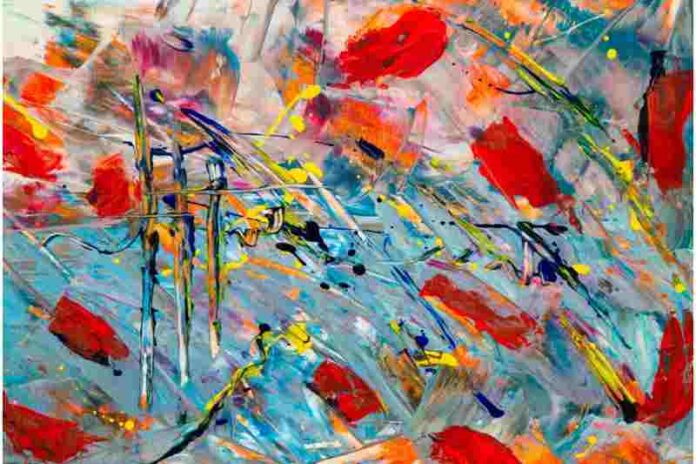
This article discusses the work of the greatest abstract expressionist artists, including Jackson Pollock, Willem de Kooning, and Clement Greenberg. Each of these artists’ work reveals a different aspect of their respective lives and experiences. These artists are also grouped into different styles and periods. As a result, the work of abstract expressionist artists is often difficult to categorize. Regardless of the artist’s preferred style, the work of any of these artists demonstrates a different perspective on their art.
Mark Rothko
The art of Mark Rothko is largely based on the use of colour. His work reveals his personal interpretation of the abstract expressionist style. While other artists favored gestural brushwork, Rothko focused on the expression of emotion through colour alone. The artist also simplified his imagery to the point that his best paintings are composed of two or three rectangular blocks of color. Despite these simple forms, Rothko was able to capture the expression of human emotion through his paintings.
While his early work was largely surrealist in nature, his later works are distinctly realist. Surrealist ideas were a strong influence on Rothko’s work, and this style is especially evident in his painting Slow Swirl at the Edge of the Sea. This painting is a classic example of his ability to reduce reality to the most basic level. In addition, Rothko’s paintings often depict presences rather than objects.
Willem de Kooning
Willem de Kooning is a well-known name in the world of Abstract Expressionism. Starting with figurative paintings, De Kooning moved into abstract and gestural art. He was also influential in influencing the work of a number of other post-war artists, including Cecil Brown. In the 1960s, his paintings were prized by museums and collectors. But the style of his paintings has since been largely dismissed.
Willem de Kooning was born in Rotterdam, Netherlands, to a Dutch father and a German mother. He was only three years old when his parents divorced. He moved to Rotterdam, where he studied art. Later, he worked as an interior decorator and designer in Rotterdam. In 1926, he left the Netherlands for the United States. He lived in several cities, including Newport, Virginia, Boston, and Hoboken, New Jersey. Eventually, he settled in New York City, where he continued to work as a house painter.
Clement Greenberg
Abstract expressionist art was popularized by Clement Greenberg, an American contemporary painter and critic. He argued that the medium is the most important aspect of the art form and that its handling and effect are what matter. Consequently, the historical context of the artwork is irrelevant. The aesthetic unity that Greenberg sought to achieve with his work collapses material terms into a unified whole that is autonomous and hermetic.
In 1947, Clement Greenberg authored a book that envisioned postmodern art. He called for art that was bland and balanced, similar to that of classical Greek sculpture. Passion should not be used to fill in the holes left by faulty application of theory, but should take off where the most complex theories stop. Rather, intense detachment should inform all aspects of an artist’s work. Although Greenberg’s writings were prescriptive, he also gave informal studio advice to artists he liked.
Jackson Pollock
A famous painting by Jackson Pollock, Convergence, is one of the most recognized examples of abstract expressionist art. It was painted during the Cold War, when the world was divided between two sides. Abstract expressionist art gave artists an opportunity to explore their ideas and feelings and was not always accepted by the general public. Despite these challenges, Pollock’s work endured despite the controversies surrounding his life.
In his early years, Pollock was inspired by the Old Masters and posed for Benton’s murals. During the same time, he met Diego Rivera and spent a summer observing him paint murals. In 1936, he joined the Experimental Workshop of David Alfaro Siqueiros and learned about a revolutionary method of painting. In the early 1940s, Pollock had become a major figure in the abstract expressionist movement, and his work gained international recognition.
